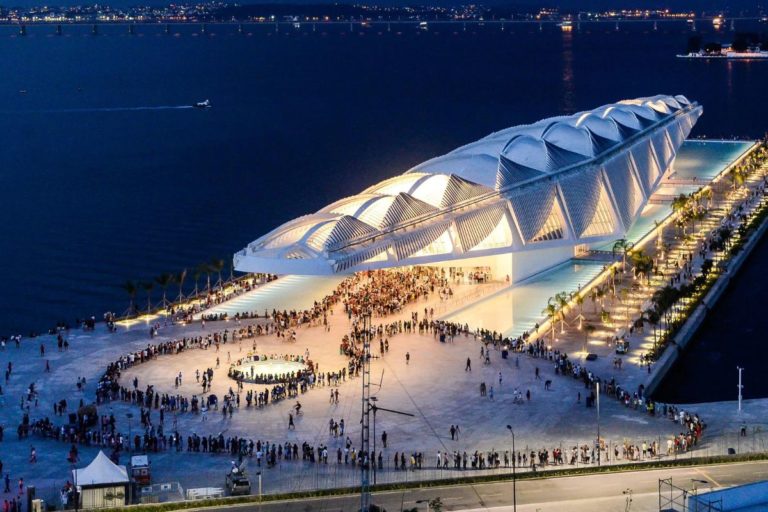
Overview of Brazilian Architecture
Brazilian architecture is a captivating blend of rich cultural heritage, innovative design, and sustainable practices. This section will provide an overview of Brazilian architecture, showcasing its unique characteristics and the country’s commitment to embracing sustainable initiatives.
Architectural Influences
Brazilian architecture is profoundly influenced by diverse cultures and architectural styles from around the world. From the Portuguese colonial period to the modernist movement, various influences have shaped the architecture of this vibrant nation.
Colonial Era Architecture
The colonial era architecture in Brazil reflects the influence of Portuguese, Spanish, and Dutch styles. With its ornate facades, colorful tiles, and curved arches, colonial buildings can be found in cities like Salvador, Olinda, and Ouro Preto.
Modernist Movement
The modernist movement in the mid-20th century brought significant changes to Brazilian architecture. Notably, the visionary architect Oscar Niemeyer became renowned for his bold, curved designs. His most famous work includes the iconic architecture of Brasília, the country’s capital.
Tropical Modernism
In response to Brazil’s tropical climate, architects developed the concept of Tropical Modernism. This architectural style focuses on incorporating natural elements, optimizing natural light, and utilizing environmentally friendly materials. One of the pioneers of this style is Lúcio Costa, who integrated sustainable designs into buildings such as the iconic Gustavo Capanema Palace in Rio de Janeiro.
Sustainable Architecture
Brazil has been at the forefront of sustainable architecture, incorporating innovative technologies and eco-friendly practices. Architects and designers are constantly exploring ways to reduce environmental impact while creating visually stunning and functional structures. This commitment to sustainability is evident in various projects throughout the country, including green roofs, rainwater harvesting systems, and passive cooling techniques.
Importance of Sustainability in Architecture
In today’s world, sustainability has become a crucial aspect of architecture. As we strive to create a greener and more sustainable future, the integration of sustainable practices in architecture plays a pivotal role. This section will examine the environmental, social, and economic benefits of sustainable architecture.
Environmental Benefits of Sustainable Architecture
Sustainable architecture offers a multitude of environmental benefits that contribute to the preservation of our planet. By implementing eco-friendly design principles and techniques, architects can significantly reduce the negative impact on the environment. Here are a few key environmental benefits:
- Reduced energy consumption: Sustainable buildings incorporate energy-efficient systems, such as solar panels, LED lighting, and smart technologies. These measures help to minimize energy consumption and decrease greenhouse gas emissions.
- Water conservation: Sustainable architecture emphasizes water-saving strategies, including rainwater harvesting, greywater recycling, and efficient irrigation systems. By reducing water wastage, sustainable buildings contribute to the conservation of this precious resource.
- Enhanced indoor air quality: Sustainable buildings prioritize the use of non-toxic materials and promote proper ventilation systems. This ensures improved indoor air quality, reducing health risks and enhancing occupant well-being.

Social Benefits of Sustainable Architecture
Beyond its positive impact on the environment, sustainable architecture brings numerous social benefits to communities and occupants. Here are a few notable advantages:
- Improved occupant health and well-being: Sustainable buildings prioritize the health and comfort of occupants by providing ample daylight, good air quality, and ergonomic design. These features enhance the overall well-being and productivity of individuals.
- Community integration: Sustainable architecture often incorporates community spaces and emphasizes the use of natural elements, fostering a sense of connection and well-being among residents. This encourages social interaction and a stronger sense of belonging.
- Adaptability and resilience: Sustainable buildings are designed to be adaptable and resilient, considering factors such as climate change and natural disasters. By integrating these features, architecture can create safer and more secure environments for communities.
Economic Benefits of Sustainable Architecture
Sustainable architecture not only benefits the environment and society but also proves to be economically advantageous. Here are some key economic benefits of sustainable architecture:
- Long-term cost savings: Although sustainable buildings may require higher upfront costs, they offer significant long-term savings through reduced energy and water consumption. Lower utility bills contribute to cost savings for both building owners and occupants.
- Increased property value: Sustainable buildings are in high demand due to their energy efficiency and environmental friendliness. This demand often results in increased property values, making sustainable architecture a wise investment choice.
- Job creation and economic growth: The adoption of sustainable practices in architecture leads to the creation of new job opportunities. The development and maintenance of sustainable buildings contribute to economic growth and a more sustainable future.
In conclusion, the importance of sustainability in architecture cannot be overstated. By focusing on environmental, social, and economic benefits, sustainable architecture promotes a harmonious relationship between humans and their surroundings. Through innovative designs and initiatives, Brazil continues to be at the forefront of sustainable architectural practices, setting an inspiring example for the rest of the world.
Innovations in Sustainable Architecture in Brazil
Green building practices and sustainable architecture have become increasingly important in Brazil as the country seeks to minimize its environmental impact and promote a more sustainable future. Innovations in sustainable architecture have emerged across various aspects of construction and design, showcasing Brazil’s commitment to creating eco-friendly and energy-efficient buildings. In this section, we will explore some of the key innovations in sustainable architecture in Brazil.
Green Building Materials and Techniques
One of the fundamental aspects of sustainable architecture is the use of green building materials and techniques. In Brazil, architects have been experimenting with innovative materials to reduce the environmental footprint of buildings. For example, bamboo, a rapidly renewable resource, is being utilized as a sustainable alternative to traditional construction materials. Its strength, durability, and versatility make it an excellent choice for structural elements and finishing details.
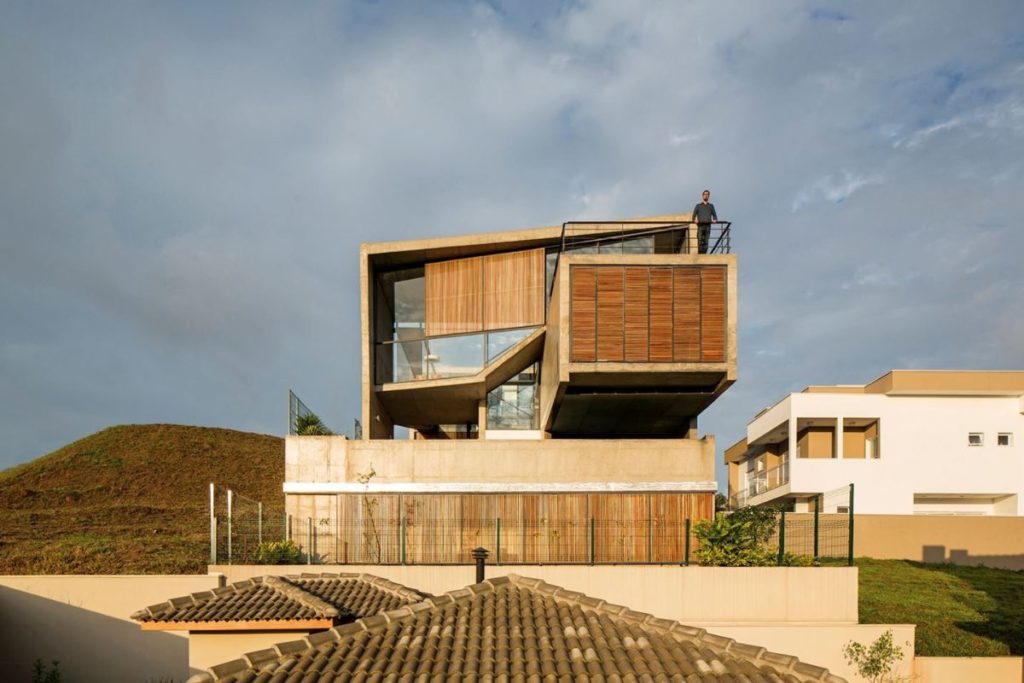
Additionally, Brazil has seen a rise in the use of recycled and reclaimed materials in construction projects. These materials not only reduce waste but also add a unique aesthetic appeal to buildings. From recycled glass for windows to reclaimed wood for flooring, these materials contribute to both sustainability and design excellence.
Energy Efficiency and Renewable Energy Integration
Energy efficiency is a key consideration in sustainable architecture, and Brazil has made significant strides in this area. Building designs now incorporate features that optimize energy consumption, such as efficient insulation, natural lighting, and advanced HVAC systems. By minimizing energy requirements, buildings can significantly reduce their carbon footprint.
 A Man in Black Shirt Installing a Solar Panel on the Roof (Photo by Kindel Media)
A Man in Black Shirt Installing a Solar Panel on the Roof (Photo by Kindel Media)
Moreover, Brazil has been actively integrating renewable energy sources into architectural designs. Solar panels, for instance, are being installed on rooftops to harness the country’s abundant sunshine and generate clean, renewable energy. Wind turbines are also increasingly visible in urban landscapes, showcasing Brazil’s commitment to harnessing wind power for electricity generation.
Water Conservation and Waste Management
In a country experiencing water scarcity issues, water conservation is a critical aspect of sustainable architecture in Brazil. Architects are implementing innovative techniques to reduce water consumption in buildings. These include rainwater harvesting systems, low-flow fixtures, and efficient irrigation systems for landscaping.
Furthermore, waste management practices have also evolved in sustainable building projects. Recycling and composting facilities within buildings help minimize waste sent to landfills. Sustainable waste management practices not only preserve natural resources but also promote a healthier environment for occupants.
Bioclimatic Design and Passive Cooling Strategies
Brazil’s diverse climate calls for designs that can adapt to varying weather conditions while reducing the need for mechanical cooling systems. Bioclimatic design principles take advantage of natural elements to provide comfortable indoor environments. This includes strategic placement of windows for cross ventilation, shading devices to prevent excessive heat gain, and thermal insulation to maintain comfortable temperatures.
Macbook Pro on Brown Wooden Table (Photo by Andrew Neel)
Passive cooling strategies, such as green roofs and living walls, also contribute to energy efficiency by reducing the heat island effect and improving thermal comfort. These features utilize vegetation to provide natural insulation and create a cooler microclimate within the building.
By incorporating bioclimatic design and passive cooling strategies, architects in Brazil are creating sustainable buildings that can adapt to the local climate and reduce reliance on energy-intensive cooling systems.
In conclusion, Brazil is embracing sustainability in architecture through various innovative approaches. From green building materials and techniques to energy efficiency and renewable energy integration, water conservation, waste management, and bioclimatic design, these innovations contribute to the country’s efforts in creating a greener and more sustainable built environment. With such initiatives, Brazil is leading the way towards a brighter and more environmentally conscious future.
Initiatives Promoting Sustainability in Brazilian Architecture
Sustainability is a growing concern in the field of architecture, and Brazil has been making notable strides in promoting sustainable practices within its architectural industry. From LEED certifications to government policies and public-private partnerships, various initiatives are driving the adoption of sustainable principles in Brazilian architecture.
LEED Certification and Green Building Councils
Leading the way in sustainable building practices, LEED (Leadership in Energy and Environmental Design) certification is a system widely recognized globally. Brazil has embraced this certification system, with numerous buildings earning LEED credentials across the country.
To achieve LEED certification, buildings must meet specific criteria related to energy efficiency, water conservation, waste management, and overall environmental impact. This drives architects and developers to integrate sustainable design principles into their projects, resulting in more eco-friendly buildings.
The Green Building Councils (GBCs) play a crucial role in promoting sustainability within Brazilian architecture. These organizations provide education, resources, and certifications related to sustainable building practices. They also act as platforms for industry professionals to exchange ideas and collaborate on sustainable initiatives.
Government Policies and Regulations
The Brazilian government has also implemented policies and regulations to encourage sustainable architecture. These initiatives aim to reduce the environmental impact of buildings and promote energy efficiency.
One significant policy is the National Policy on Climate Change, which establishes guidelines for sustainable development and encourages the use of renewable energy sources. Additionally, the Program for Energy Efficiency in Buildings sets standards for energy performance, promoting the use of sustainable materials and technologies.
By enforcing these policies and regulations, the government creates a framework that motivates architects, builders, and developers to incorporate sustainable practices into their designs and construction processes.
Public and Private Partnerships
Collaboration between the public and private sectors is instrumental in driving sustainability in Brazilian architecture. Public and private partnerships bring together resources, knowledge, and expertise from both sectors to implement sustainable initiatives.
One example is the partnership between local governments and private developers to create eco-friendly neighborhoods or sustainable urban planning projects. These collaborations prioritize energy-efficient buildings, green spaces, and sustainable transportation systems, contributing to a more sustainable built environment.
Public and private partnerships also facilitate research and innovation in sustainable architecture. Universities, research institutions, and private companies join forces to develop new materials, technologies, and construction methods that prioritize sustainability.
 Scenic Photo of City Through Opened Window (Photo by Lucas de Jesus Ferreira)
Scenic Photo of City Through Opened Window (Photo by Lucas de Jesus Ferreira)
In conclusion, initiatives promoting sustainability in Brazilian architecture encompass LEED certification and the active participation of Green Building Councils. Moreover, government policies and regulations are driving sustainable practices and encouraging the use of renewable energy sources. Public and private partnerships further strengthen the movement towards a more sustainable built environment. Through these initiatives, Brazil is paving the way for sustainable architecture and setting an example for the rest of the world.
Case Studies of Sustainable Architectural Projects in Brazil
In Brazil, sustainable architecture has gained significant momentum, with numerous innovative projects leading the way towards a greener and more environmentally friendly future. Let’s explore a few noteworthy case studies that showcase the impressive strides being made in sustainable architectural design.
Instituto Terra
 Scenic View of Rainforest (Photo by Arnie Chou)
Scenic View of Rainforest (Photo by Arnie Chou)
One inspiring example of sustainable architecture in Brazil is the Instituto Terra, located in Aimorés. Founded by renowned Brazilian photographer Sebastião Salgado and his wife Lélia Deluiz Wanick Salgado, this project demonstrates the power of ecological restoration.
The Instituto Terra focuses on the regeneration of the Atlantic Forest, a critically endangered ecosystem in Brazil. The architecture seamlessly blends with the natural surroundings, utilizing eco-friendly materials, solar power systems, and rainwater harvesting techniques. The result is a harmonious integration of human-built structures and the environment.
Museu do Amanhã
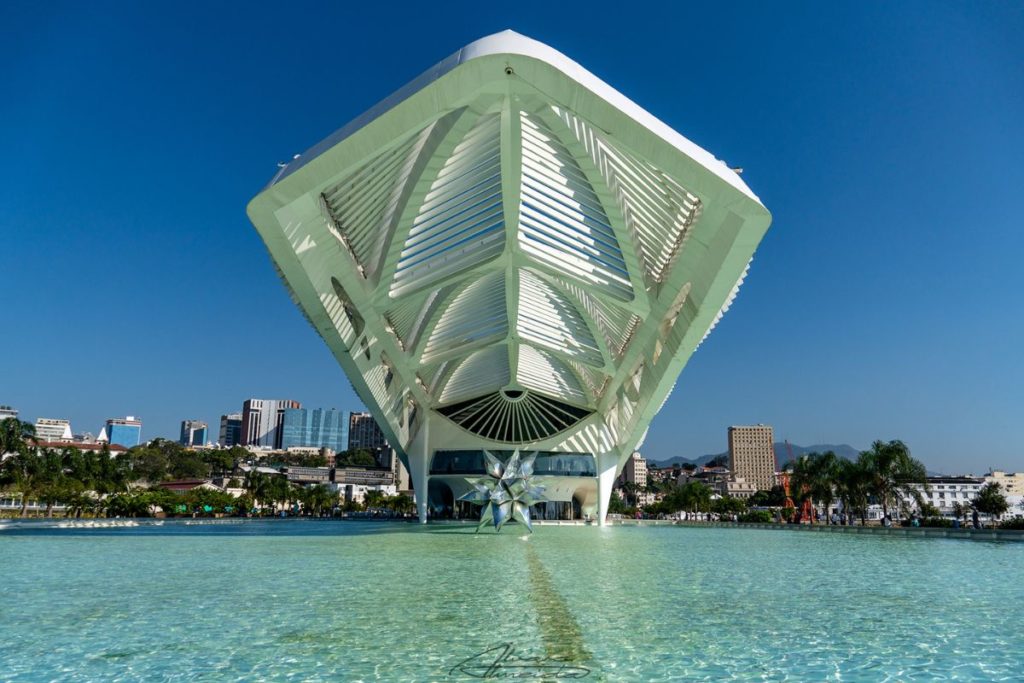
The Museu do Amanhã, or Museum of Tomorrow, is an architectural marvel located in Rio de Janeiro. Designed by Spanish architect Santiago Calatrava, this sustainable museum combines cutting-edge technology with sustainable principles to create an immersive and educational experience.
The structure itself resembles a spaceship, with a unique roof that moves with the sun to maximize energy efficiency. The building also incorporates various sustainable features, such as photovoltaic panels, rainwater collection systems, and natural ventilation, reducing its environmental impact while showcasing the potential for sustainable design.
CasaE
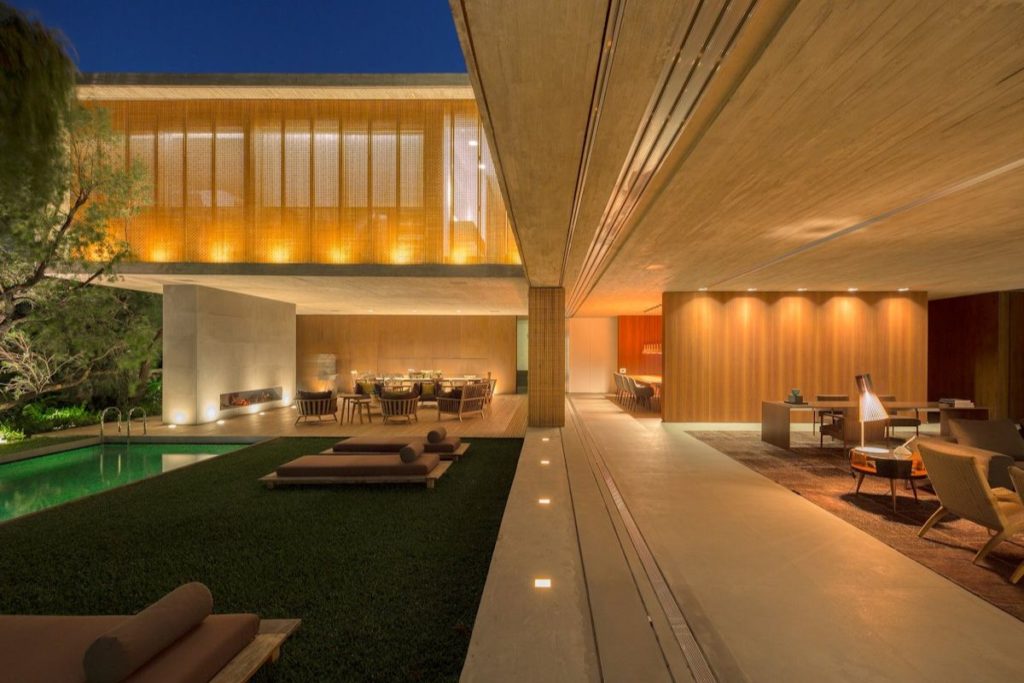
CasaE, situated in São Paulo, is a prime example of sustainable residential architecture. Designed by Studio MK27, this luxurious yet eco-friendly house showcases how sustainable living can be integrated seamlessly into a modern lifestyle.
The house features passive cooling systems, extensive use of natural lighting, and rainwater harvesting. The use of sustainable materials like certified wood and efficient insulation further contributes to its eco-friendly design. CasaE demonstrates that sustainability can be both aesthetically pleasing and functional, setting a benchmark for future residential projects.
These case studies exemplify the remarkable innovations happening in sustainable architecture in Brazil. By combining creativity, technology, and a commitment to environmental responsibility, these projects not only inspire admiration but serve as inspirations for a greener and more sustainable future.
Challenges and Future Outlook
Sustainability in Brazilian architecture is not without its challenges. However, despite these obstacles, there are also promising initiatives and a positive outlook for a future that embraces sustainable practices. In this section, we will explore the challenges faced by architects, the potential solutions, and the integration of sustainable practices in the industry.
Overcoming Financial Barriers
One of the primary challenges in implementing sustainable architecture in Brazil is the cost associated with it. The initial investment required for eco-friendly materials and technologies can be significantly higher compared to traditional construction methods. However, architects and developers are recognizing the long-term benefits of sustainable buildings, such as energy and water savings, improved indoor air quality, and increased property value. By considering the lifecycle costs and long-term benefits, architects can justify the initial expenditure as a worthwhile investment.
Education and Awareness
Another obstacle to widespread adoption of sustainable architecture is the lack of education and awareness. Many architects and industry professionals may not have the necessary knowledge and skills to incorporate sustainable practices into their designs. Addressing this challenge requires promoting environmental education and providing specialized training programs focused on sustainable architecture. By equipping architects with the knowledge and tools they need, we can create a workforce that is capable of designing and constructing sustainable buildings.
Integration of Sustainable Practices in the Industry
Despite the challenges, the future outlook for sustainability in Brazilian architecture is promising. The industry is witnessing a gradual shift towards sustainability, with architects and developers incorporating green building practices into their projects. This integration includes the use of renewable energy systems, efficient insulation, rainwater harvesting, and the incorporation of green spaces. As more architects embrace sustainable design principles, it sets a positive precedent for future development.
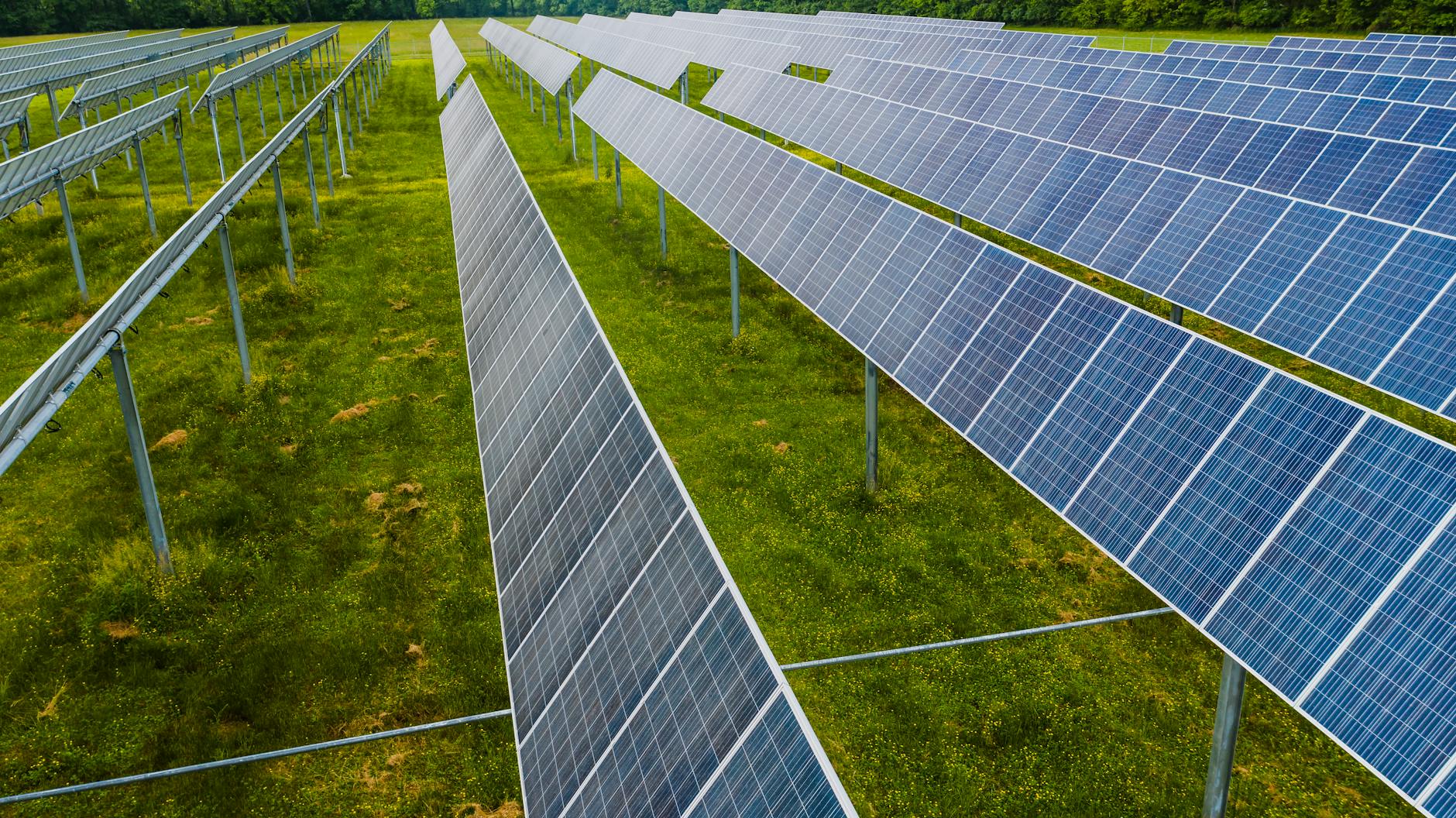
In conclusion, while there are challenges to overcome, such as financial barriers and the need for increased education and awareness, the future of sustainability in Brazilian architecture looks bright. By addressing these challenges head-on and promoting the integration of sustainable practices in the industry, architects can contribute to a more environmentally conscious and resilient built environment.
Conclusion
Sustainability in Brazilian architecture has seen remarkable innovations and initiatives in recent years. With a growing awareness of the environmental impacts of construction and the need for more eco-friendly practices, architects in Brazil are actively incorporating sustainable design principles into their projects. From the use of renewable materials to the implementation of energy-efficient systems, these architects are creating buildings that not only minimize their ecological footprint but also provide comfortable and healthy spaces for their occupants. These efforts not only contribute to the global sustainability movement but also showcase Brazil’s commitment to sustainable development in the field of architecture. As the demand for sustainable buildings continues to rise, it is inspiring to see the creativity and dedication of Brazilian architects in shaping a more environmentally conscious future for the industry.

